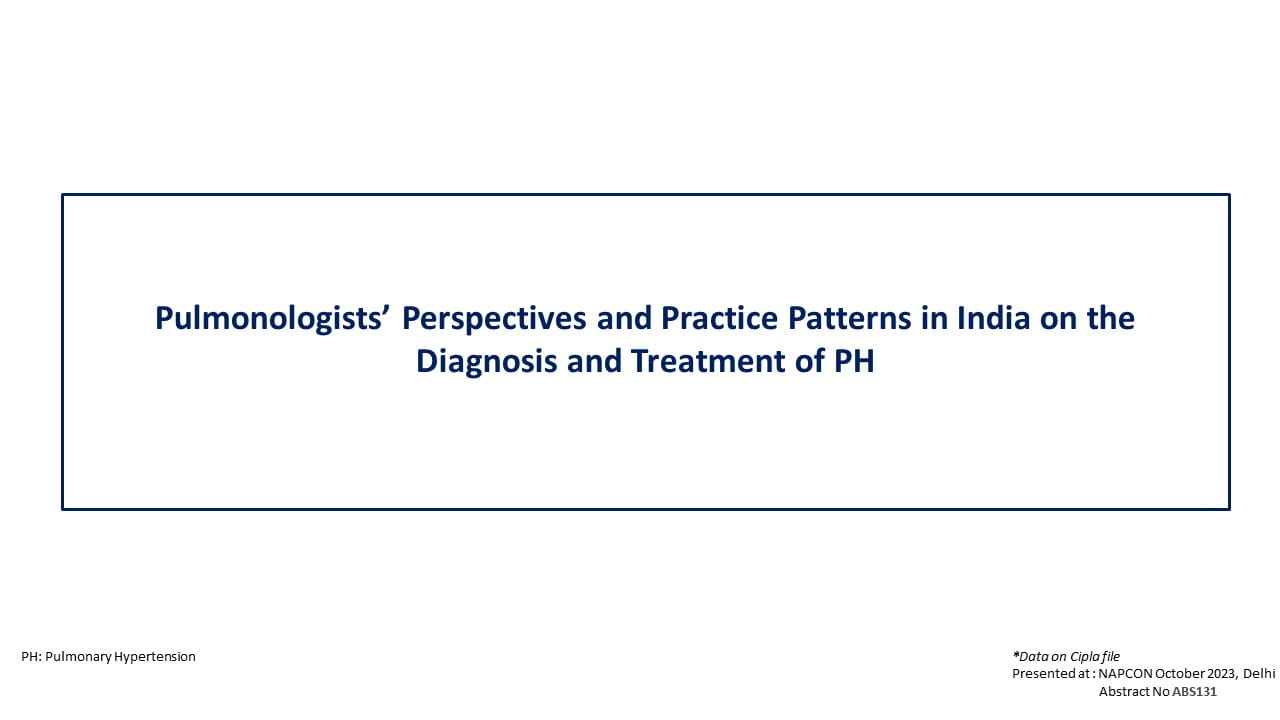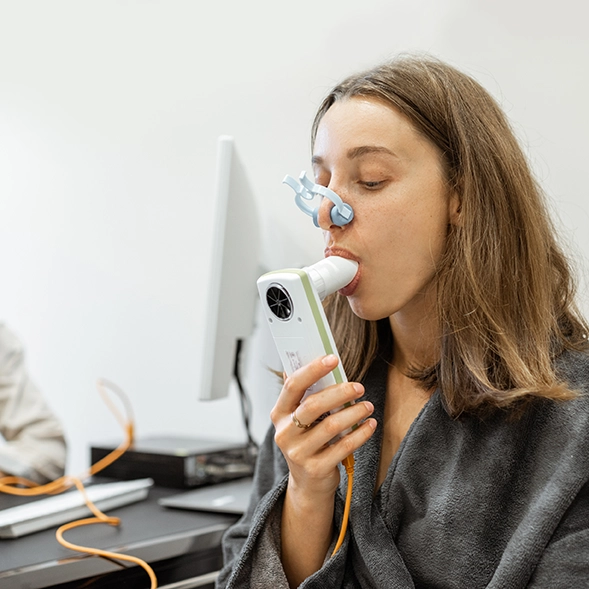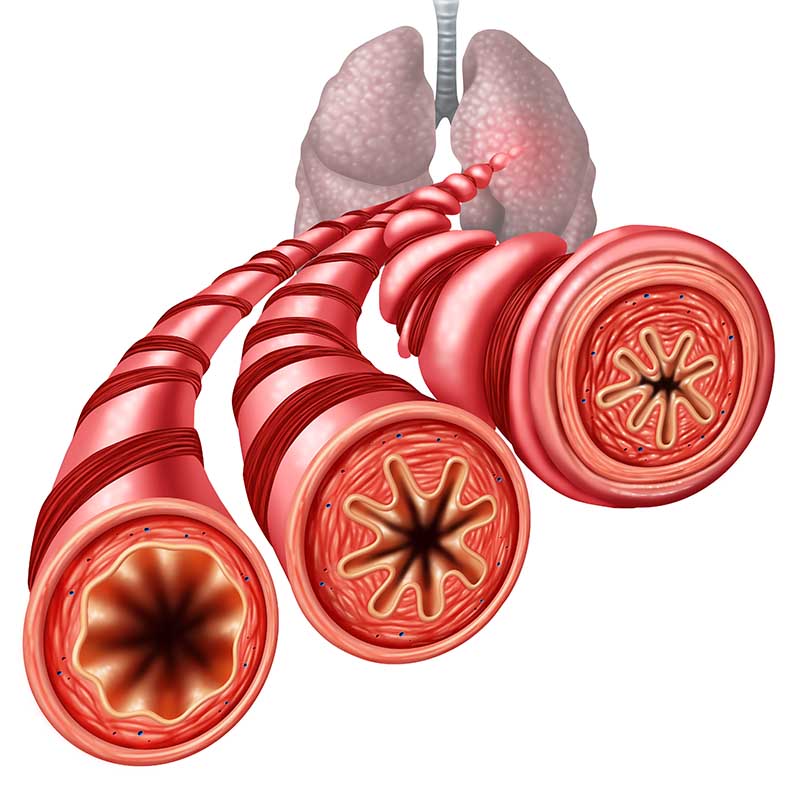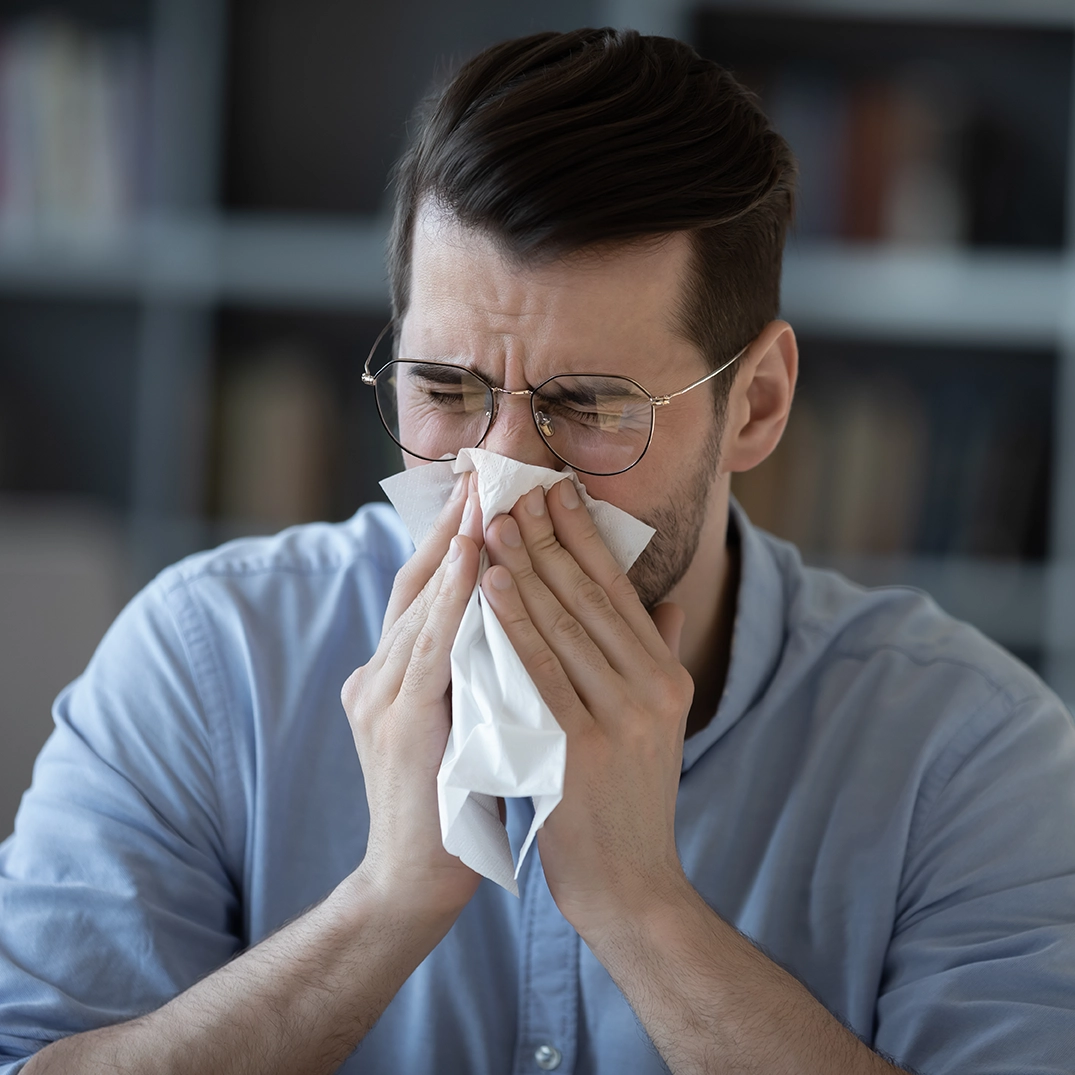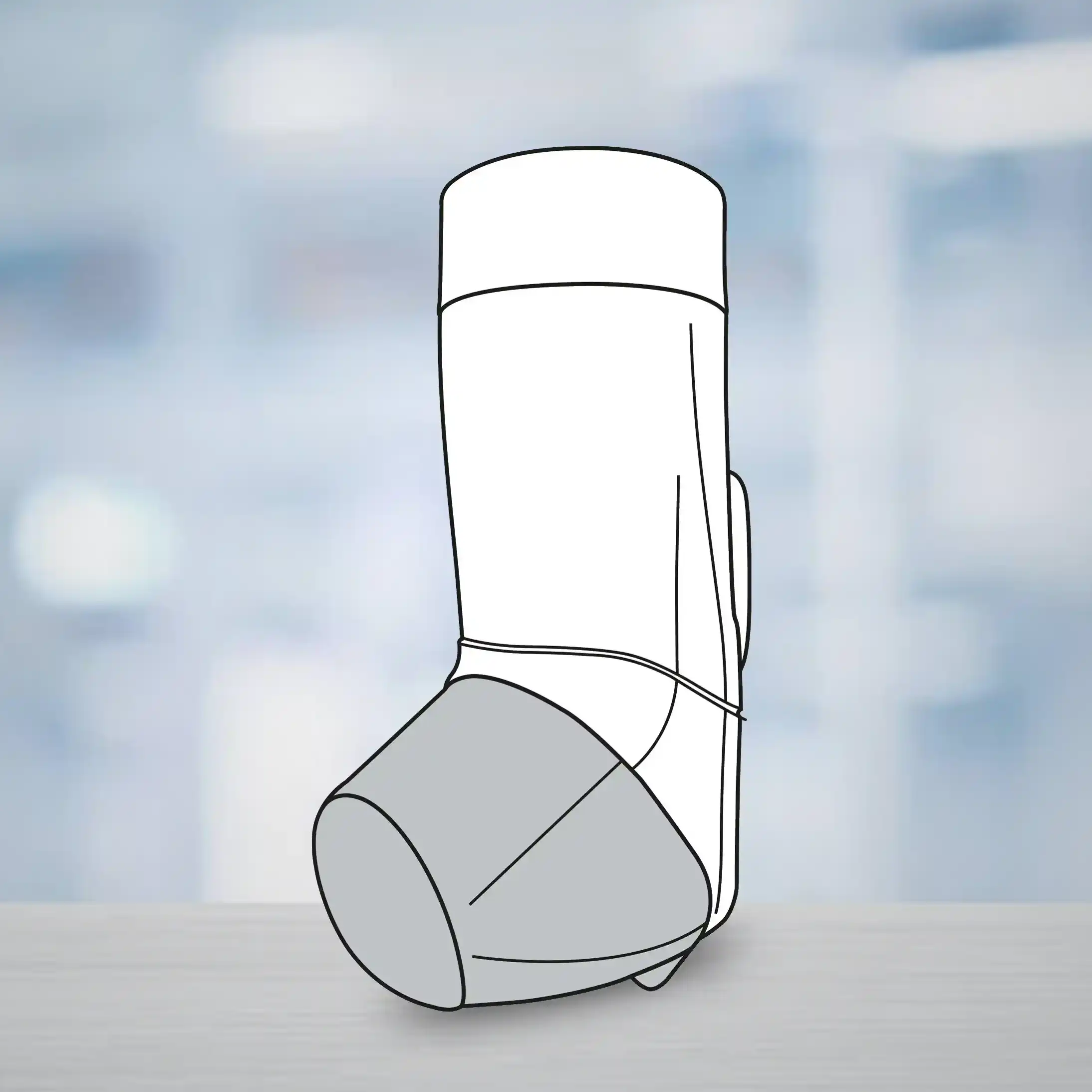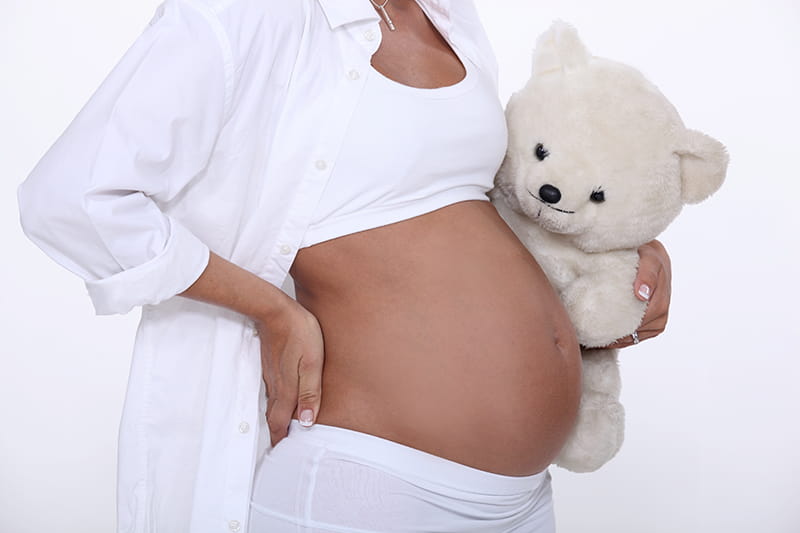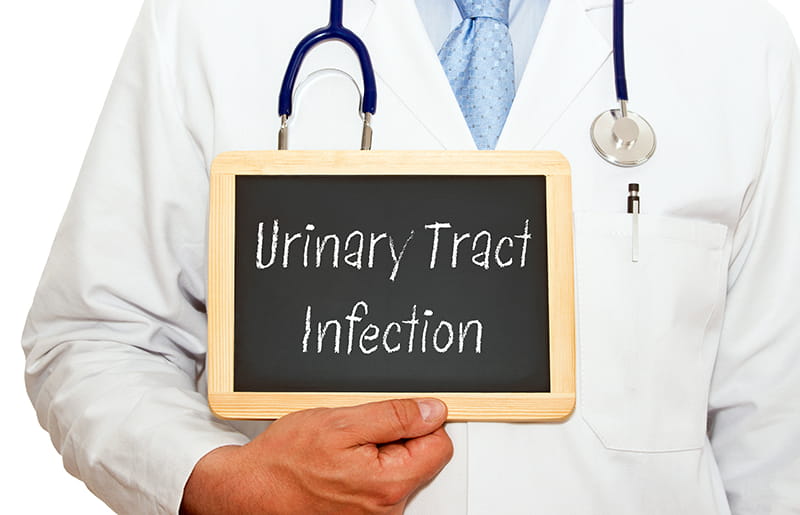Evaluating the Safety and Efficacy of Fluticasone Furoate Nasal Spray in Asian Pediatric Patients with Perennial Allergic Rhinitis
16 Jul, 20
Background
Allergic rhinitis (AR), a most common chronic condition in children, currently has an increasing prevalence in most of the countries. Fluticasone furoate nasal spray (FFNS), a glucocorticoid developed for the treatment of AR, has been approved for use in children as young as 2 years of age in the US and 6 years of age in Europe. The safety and efficacy of FFNS has not been evaluated in Asian children till date.
Aim
To evaluate the safety, efficacy, and systemic exposure of FFNS in Japanese children with perennial AR (PAR)
Patient Profile
- Children with a history of PAR for at least six months (age; 2 to <15 years, n=61)
- All patients had positive specific immunoglobulin E (IgE) antibody tests to PAR allergens, elevated nasal eosinophil counts, and a baseline 3 total nasal symptom score (3TNSS) of ≥3
Methods
Study Design
- A multicenter (conducted across 6 centers in Japan), single-arm, open-label, phase 3 study
Treatment Strategy
- Patients were treated with FFNS 55 µg, once daily every morning for 12 weeks
Outcomes
- Efficacy of FFNS in children
- Safety of FFNS in children (incidence of adverse events)
- Plasma levels of fluticasone furoate (FF)
Assessments
- Nasal and ocular symptoms as scored by parents/guardians/patients and recorded in a patient's daily diary
- Rhinoscopy findings, including mucosal swelling, as scored by the investigators (for efficacy evaluation)
- Laboratory tests were performed to evaluate the safety of FFNS
- Pharmacokinetic analysis of blood sample to determine the plasma concentration of FF
Results
- Of the 61 patients included, 59 completed the study. Mean baseline 3TNSS for the study population was 4.5, indicating that majority of them had PAR of moderate severity.
- Treatment with FFNS 55 µg over 12 weeks was well-tolerated in the study population.
- Nearly 67% of the patients reported at least one adverse event, though all of them were of mild intensity. Importantly, the frequency of adverse events was similar amongst patients aged 2 to < 6 years (14/19, 74%) and those aged 6 to <15 years (27/42, 64%).
- Nasopharyngitis and acute sinusitis (acute rhinosinusitis) were the most commonly reported adverse events. There were no reports of serious adverse events during the study.
- The nasal symptoms improved with FFNS 55 µg treatment (mean change in nasal symptom score from baseline over the treatment period; -2.2)
- As compared to baseline, the 3TNSS and 4 total nasal symptom score (4TNSS) decreased significantly at weeks 3-4, 7-8 and 11-12 (Table 1).
Table 1: Mean change in 3TNSS and 4TNSS during the study period
|
Study Period |
Mean change in 3TNSS |
Mean change in 4TNSS |
|
Baseline |
4.5 |
5.3 |
|
Weeks 3-4 |
-2.5 |
-2.9 |
|
Weeks 7-8 |
-2.4 |
-2.8 |
|
Weeks 11-12 |
-2.0 |
-2.3 |
- FFNS treatment was also associated with improved rhinoscopy scores and ocular symptom scores (in a sub-group of patients with any ocular symptoms at baseline).
- The troubles with daily life score over the entire treatment period decreased from 1.1 at baseline to 0.6 at end of the treatment with FFNS.
- FFNS 55 µg was well tolerated over the 12-week treatment period.
- As per the pharmacokinetic analysis, most of the patients did not have quantifiable plasma levels of FF, indicating low systemic exposure to the medication.
Conclusions
- Twelve-week treatment with FFNS 55 µg, once daily, was well tolerated and effective in Japanese PAR patients aged 2 to <15 years.
- Most of the children did not have quantifiable plasma levels of FF after 2 or 12 weeks of FFNS treatment, indicating low systemic exposure to the medication.
Allergol Int. 2015; 64:60-65.
Related Topics


